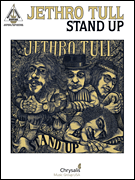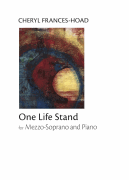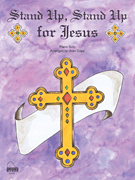Search Results for: “Stand”
Loading...
Stand By Me View 371 Products
I Saw Her Standing There View 178 Products
I'm Still Standing View 74 Products
Get Up Stand Up View 62 Products
Standing On The Corner View 58 Products
I Stand Amazed In The Presence (My Savior's Love) View 55 Products
Weather: Stand The Storm View 54 Products
I Need You View 51 Products
Serenade (Ständchen) View 47 Products
The Stand View 43 Products
I Don't Stand A Ghost Of A Chance With You View 41 Products
Stand By Your Man View 38 Products
I'll Stand By You View 36 Products
Couldn't Stand The Weather View 31 Products
Don't Stand So Close To Me View 29 Products
Standing On The Promises View 26 Products
Stand Up, Stand Up For Jesus View 25 Products
I Stand Redeemed View 22 Products
Can't Stand Losing You View 21 Products
United We Stand View 20 Products
Fanfare And Concertato On 'I Stand Amazed In The Presence' View 15 Products
Stand By You View 12 Products
Stand In The Light View 11 Products
Time Stand Still View 10 Products





















